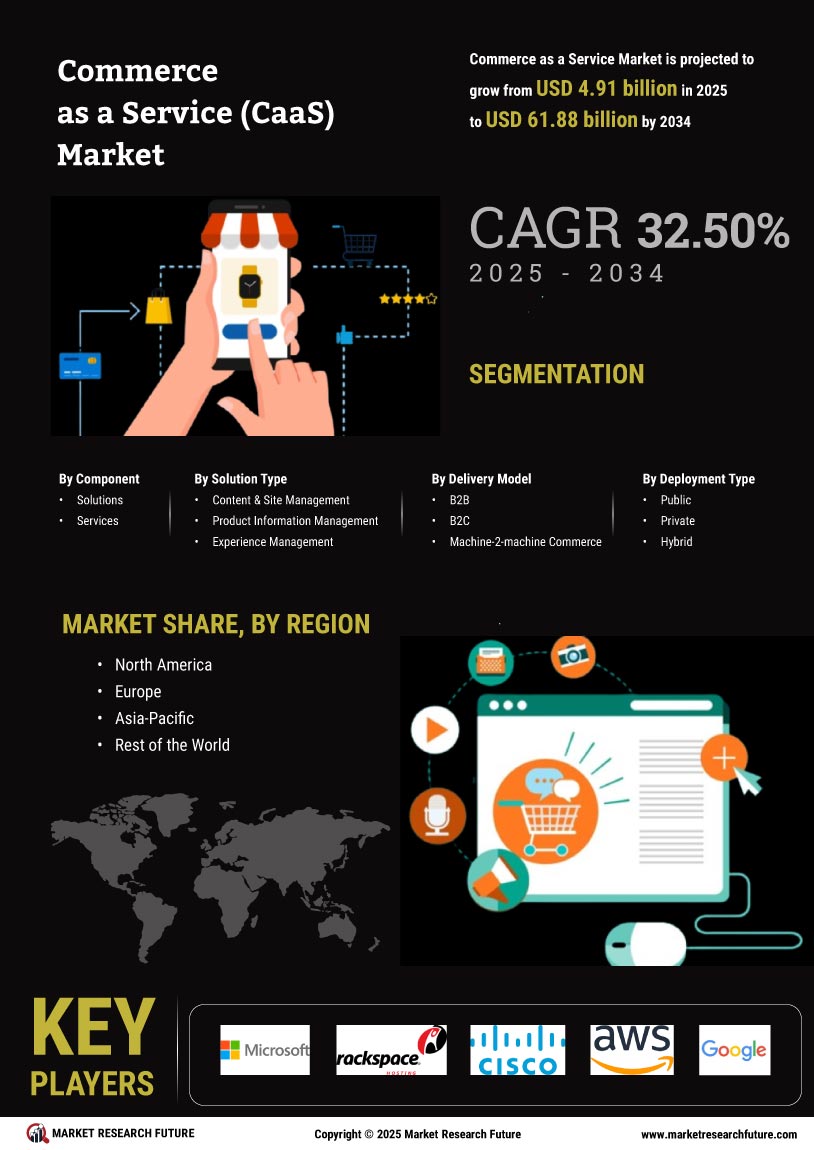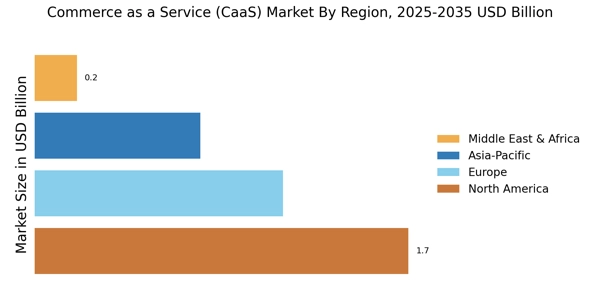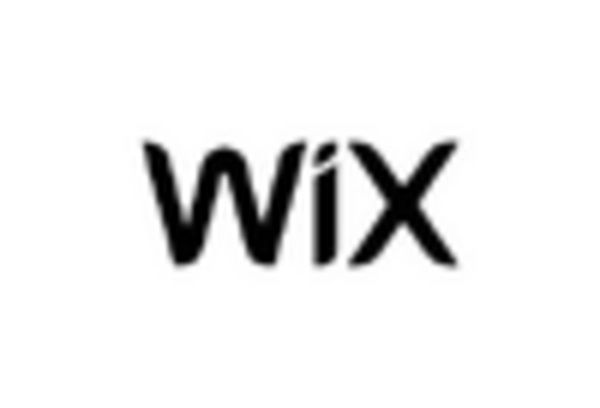Leading market players are investing heavily in research and development in order to expand their product lines, which will help the Commerce as a Service Market (CaaS) market, grow even more. Market participants are also undertaking a variety of strategic activities to expand their global footprint, with important market developments including new product launches, contractual agreements, mergers and acquisitions, higher investments, and collaboration with other organizations. To expand and survive in a more competitive and rising market climate, Commerce as a Service Market (CaaS) Industry must offer cost-effective items.
Manufacturing locally to minimize operational costs is one of the key business tactics used by manufacturers in the global Commerce as a Service Market (CaaS) Industry to benefit clients and increase the market sector. In recent years, the Commerce as a Service Market (CaaS) Industry has offered some of the most significant advantages to medicine.
Major players in the Commerce as a Service Market (CaaS) market, including Microsoft Corporation, Rackspace Hosting, Inc., Amazon Web Services, Inc., Alibaba Cloud, Cisco System, Inc., Google LLC, Dell Technologies Inc., Oracle Corporation, Hewlett Packard Enterprise Development LP, and International Business Machine (IBM) Corporation, are attempting to increase market demand by investing in research and development operations.
United Parcel Service Inc. (UPS) provides package delivery services. It provides contract logistical, distributional, and transportation services. The company offers residential ground services in the US as well as same-day, time-definite, next-day, two-day and three-day delivery choices for ground and air package transportation services. In Africa, the Middle East, Latin America, and Asia-Pacific, it offers international shipping services. The company also offers freight forwarding, logistics, truckload brokerage, customs brokerage, and financing for cargo-related insurance. Value-added services are provided by UPS through its UPS shops, authorised shipping sites, business counters, customer centres, and drop boxes.
Some of its well-known trademarks include Express Plus, UPS Express, Worldwide Express Freight, and Express Saver. UPS is based in Atlanta, Georgia, in the US. United Parcel Service of America, Inc. unveiled a new e-fulfillment platform in February 2019. Thanks to this new platform, the company's fulfilment service centres are now linked to small and medium-sized businesses on 21 online marketplaces, including Amazon.com, Inc., eBay, Inc., and Etsy, Inc.
Oracle Financial Services Software Ltd (OFSS), an Oracle Corporation subsidiary, offers IT services to the financial services industry. The company provides banking software, cloud-based solutions for banking payment, revenue management, cloud infrastructure, and financial services analytical apps. Additionally, it offers services including prime sourcing, consulting, business process outsourcing, application development, and technology. Its primary products are banking branches, banking APIs, virtual account management, process management tools for banking credit facilities, and FLEXCUBE, which also offers universal banking. Risk and compliance, corporate banking, payments, retail banking, wealth management, and capital markets are all areas in which the company provides services.
It operates throughout the Americas, Europe, Asia-Pacific, Middle East, and Africa. OFSS's headquarters are in Mumbai, Maharashtra, India. Oracle Autonomous Database, the industry's first self-driving, self-securing, and self-repairing database, was released by Oracle India in February 2019. It aids in enhancing and accelerating business decisions.


















Leave a Comment